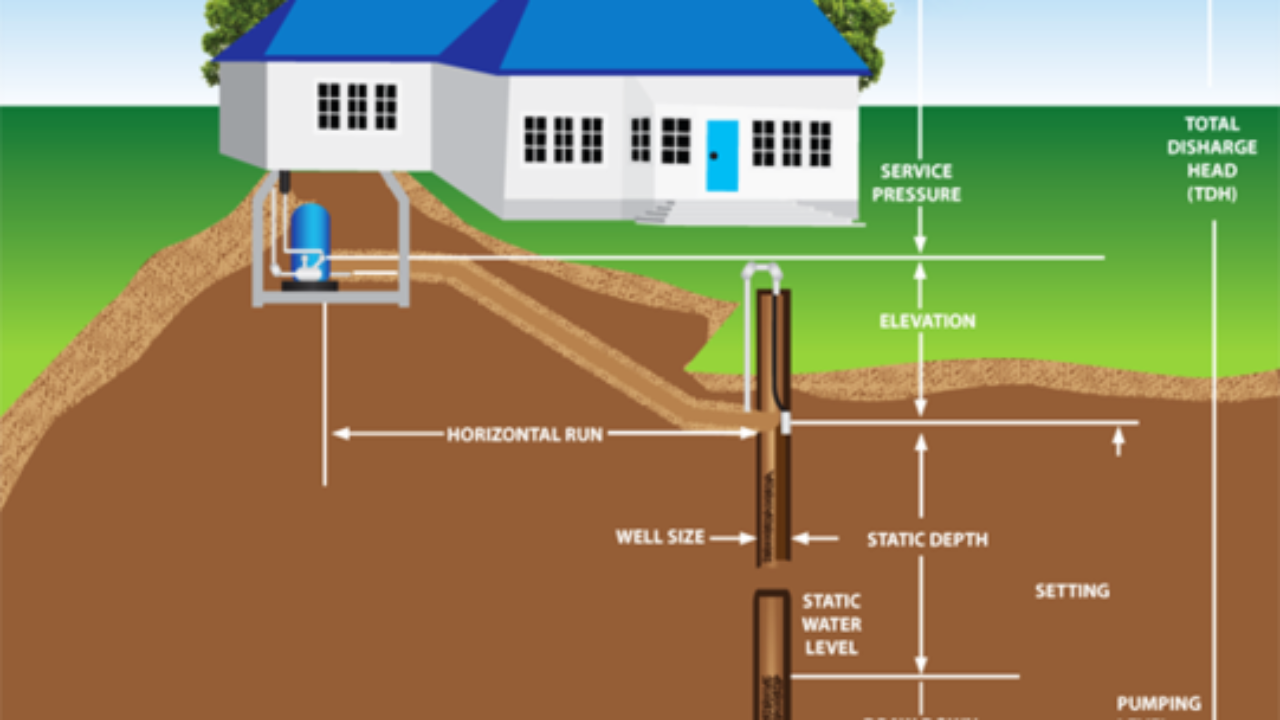Okay, so the other day, I was messing with my well, trying to figure out if the water flow was any good. I mean, who wants a weak shower, right? So, I decided to get to the bottom of this “good flow rate” thing.
Figuring Out My Well’s Flow Rate
First, I needed to actually measure my well’s flow rate. I’d heard of a simple bucket test, so I thought, “Why not?”
- Grabbed a big bucket I had lying around – I think it was 5 gallons.
- Found the nearest faucet to my well, I used my outside spigot.
- Turned the faucet on full blast.
- Started timing with my phone’s stopwatch as soon as the water started flowing.
- Stopped the timer and shut off the valve when the water reached to the top of the bucket.
I did this a few times, just to be sure. I got pretty consistent results, around, let’s say, 30 seconds to fill the 5-gallon bucket.

Doing the Math (Ugh)
Now, I needed to turn that into “gallons per minute” (GPM). There are several methods to calculate GPM, I chose the most simple one. It’s simple: take the bucket size (in gallons) and divide it by the time (in seconds), then multiply that by 60.
So, in my case: 5 gallons / 30 seconds 60 = 10 GPM.
Was My Flow Rate “Good”?
Ten gallons per minute… was that good? I remembered reading something online about average flow rates. I think it said most homes do fine with something between 6-12 GPM. Seems like I was right in the sweet spot!
But then I thought, “What if I’m running the dishwasher, someone’s showering, AND I’m watering the lawn?” That’s when I realized that a “good” flow rate really depends on your household’s needs.
I do some research, my well water flow rate is good enough for my three bedroom and two-bath house.
My Takeaway
Basically, I learned that there’s no magic number for a “good” well flow rate. It’s all about what you need. My 10 GPM seemed decent, but if I had a bigger family or a huge garden, I might need more. It was a good reminder to actually check these things instead of just guessing!















